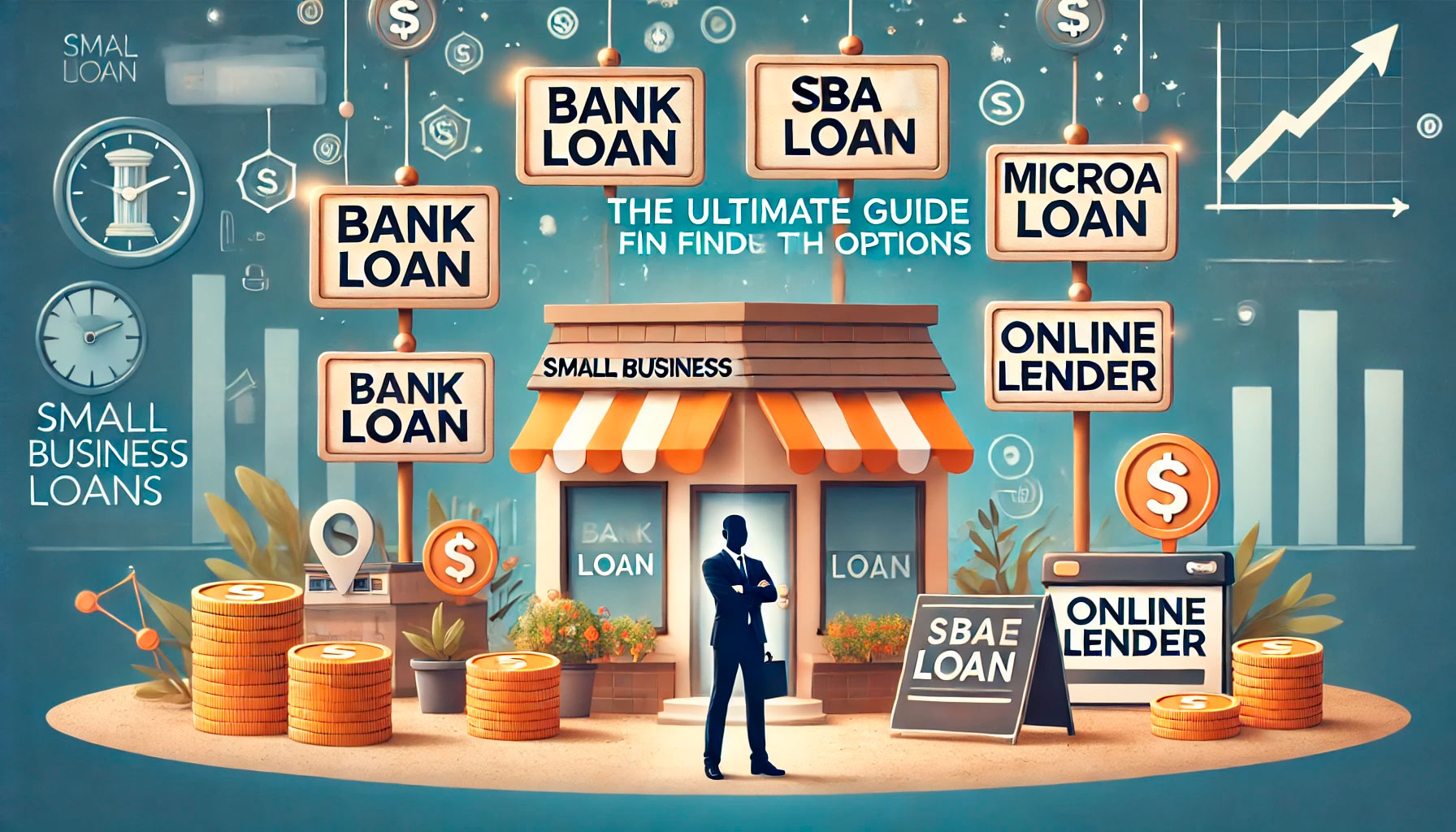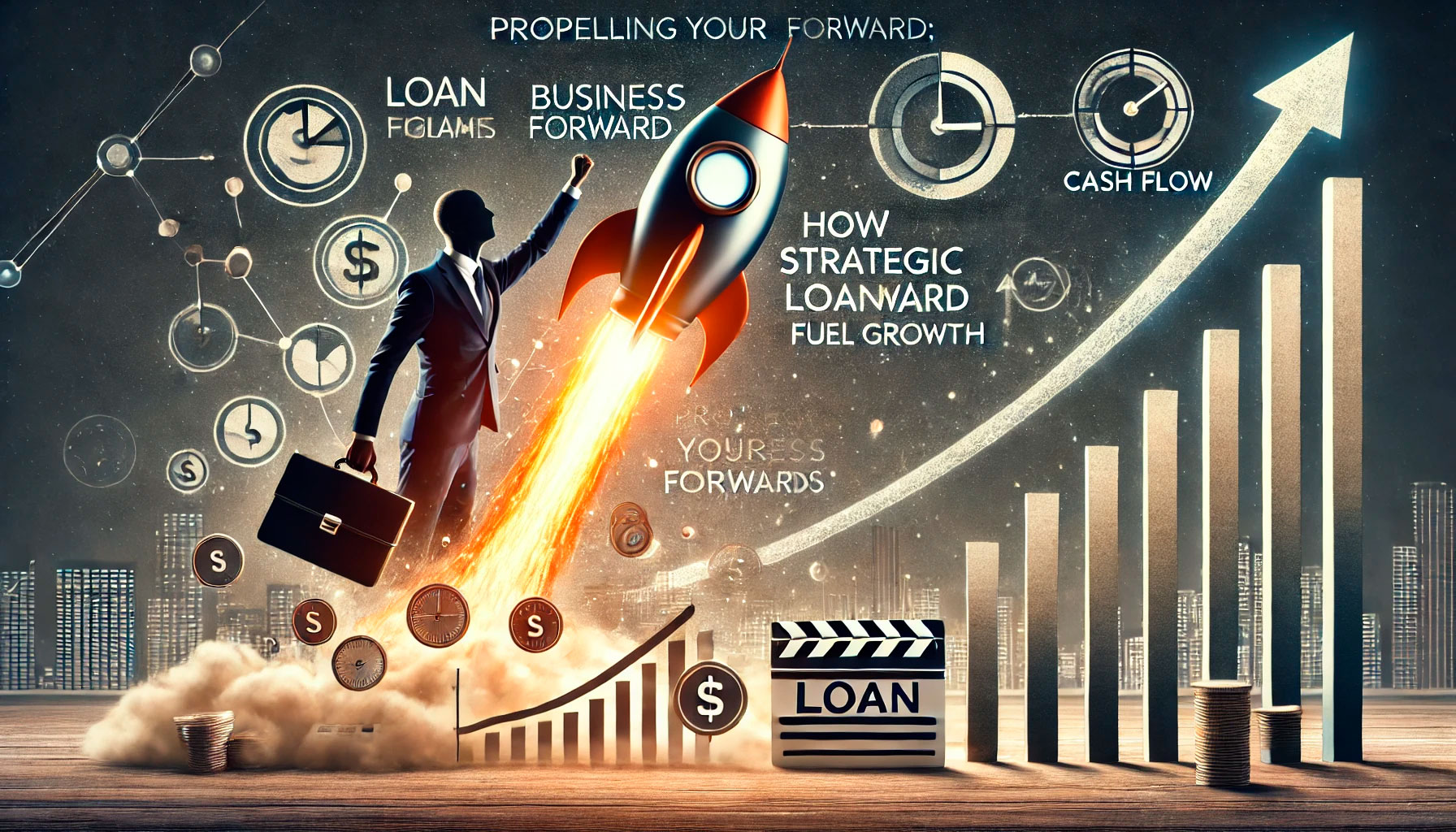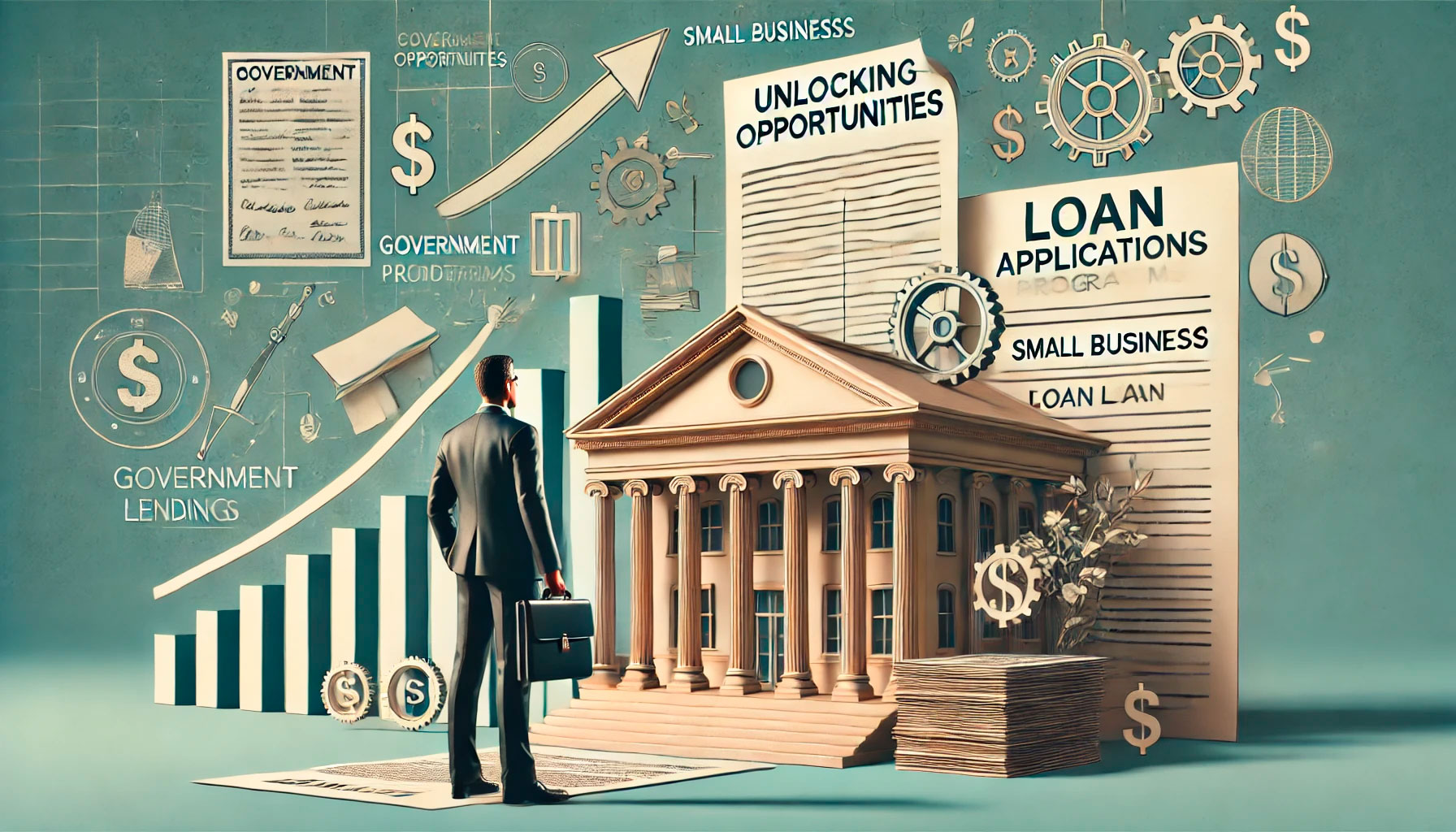For small business owners, finding the right type of loan can be a game-changer. Whether you need capital for expansion, purchasing inventory, or managing day-to-day operations, the right financing can make or break your business. With so many options available, it’s important to choose a loan type that aligns with your specific business needs. In this guide, we’ll explore different types of loans and how each can serve small businesses at various stages of growth.
A Snapshot of the Best Loan Types for Small Businesses
There isn’t a one-size-fits-all solution when it comes to small business loans. The best loan for your business depends on various factors, such as how quickly you need funds, the size of your business, and how much debt you’re comfortable taking on. Below, we’ve outlined the most common loan types and their key features.
1. Term Loans: Best for Long-Term Investments
A term loan is one of the most common financing options for small businesses. This type of loan provides a lump sum that is repaid with interest over a set period, often ranging from 1 to 10 years. These loans are ideal for long-term investments, such as purchasing equipment, expanding operations, or buying real estate.
Pros: Predictable monthly payments, fixed interest rates, and longer repayment periods. Term loans are great for larger investments that will generate returns over time.
Cons: Requires good credit and strong business financials. The approval process can be lengthy, and it might take weeks to receive the funds.
Example: A restaurant owner who wants to buy a new commercial oven or expand into a second location may opt for a term loan to spread the cost over several years.
2. SBA Loans: Ideal for High-Growth Businesses
Loans backed by the Small Business Administration (SBA) are an excellent option for businesses looking for competitive interest rates and longer repayment terms. SBA loans can be used for a variety of purposes, including working capital, equipment purchases, or refinancing existing debt. The most popular SBA loan program, the SBA 7(a) loan, offers up to $5 million with flexible repayment terms.
Pros: Lower interest rates compared to other types of business loans, longer repayment terms (up to 25 years for real estate), and smaller down payments.
Cons: The application process is lengthy and requires detailed financial documentation. Approval can take several weeks or months.
Example: A tech startup needing capital for research and development might use an SBA 7(a) loan to fund operations, thanks to its low interest rate and extended repayment period.
3. Business Lines of Credit: Great for Cash Flow Management
If your business needs flexible funding, a business line of credit can be a valuable option. Unlike a term loan, where you receive a lump sum, a line of credit gives you access to funds on an as-needed basis, up to a predetermined limit. This makes it ideal for managing cash flow fluctuations or covering short-term operational needs.
Pros: Flexibility in borrowing, interest is only charged on the amount used, and the funds can be accessed repeatedly as long as you stay within the credit limit.
Cons: Variable interest rates can lead to fluctuating payments. Requires good credit and a demonstrated history of responsible financial management.
Example: A retail business experiencing seasonal fluctuations in revenue might use a line of credit to cover inventory purchases and payroll during slow months.
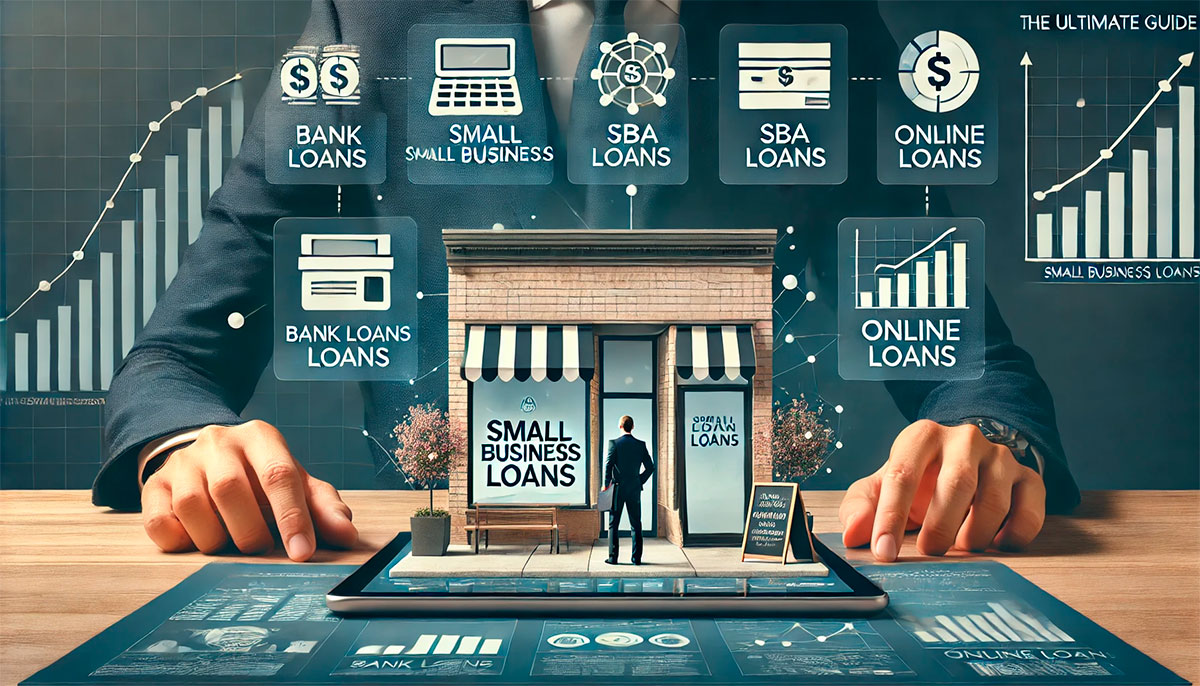
4. Equipment Financing: Best for Buying Essential Equipment
As the name suggests, equipment financing is specifically designed to help businesses purchase machinery, vehicles, or technology that is essential for operations. The equipment itself serves as collateral for the loan, which means that you don’t necessarily need strong credit to qualify. However, if you default, the lender can seize the equipment.
Pros: Easier approval process, especially for newer businesses. The equipment serves as collateral, reducing the lender’s risk. Fixed interest rates and predictable payments.
Cons: Only applicable for equipment purchases. If the equipment depreciates quickly, it may lose value before the loan is fully paid off.
Example: A construction company may use equipment financing to purchase new trucks, bulldozers, or other heavy machinery needed to complete projects.
5. Invoice Financing: Best for Businesses with Outstanding Receivables
If your business is waiting on unpaid invoices, invoice financing (or factoring) can help bridge the gap. With this type of financing, the lender advances a percentage of your outstanding invoices, usually between 80% and 90%. Once your customers pay, the lender takes their fee, and you receive the remaining balance.
Pros: Fast approval process and quick access to cash. Great for businesses that experience cash flow issues due to delayed payments from clients.
Cons: Fees can be high compared to other types of loans, and you may need to relinquish control of your receivables.
Example: A marketing agency that works with large corporate clients might use invoice financing to cover operating expenses while waiting for clients to pay their invoices, which could take 60 to 90 days.
6. Microloans: Ideal for New or Very Small Businesses
Microloans, often offered by nonprofit organizations or community lenders, provide smaller amounts of funding—typically up to $50,000. These loans are especially useful for startups, sole proprietors, or businesses with minimal financial history. Microloans can be used for working capital, inventory purchases, or equipment.
Pros: Easier approval process for new businesses, flexible terms, and smaller loan amounts reduce the risk of over-borrowing.
Cons: Loan amounts are smaller, which may not be suitable for larger capital needs. Interest rates may be higher than those of traditional loans.
Example: A small bakery looking to open its first storefront might turn to a microloan to purchase initial inventory and equipment without taking on too much debt.
How to Choose the Right Loan for Your Business
With so many loan options available, it can be overwhelming to decide which one is the best fit for your business. Here are some factors to consider:
- Loan Purpose: Are you borrowing to cover short-term operational needs, or do you need long-term financing for expansion?
- Creditworthiness: Some loans require excellent credit, while others are more lenient.
- Repayment Period: Choose a loan with a repayment period that matches your business’s cash flow and financial goals.
- Speed of Funding: If you need capital quickly, options like invoice financing or a line of credit may be better than SBA loans, which take longer to process.
Conclusion: Finding the Right Fit
The best loan for your small business depends on your unique needs and financial situation. Whether you need long-term financing for major investments or short-term credit to manage cash flow, understanding the different loan options available will help you make an informed decision. Always take the time to evaluate the terms, interest rates, and repayment options before committing to any loan.
By choosing the right loan type, you can ensure that your business has the financial backing it needs to thrive and grow.
